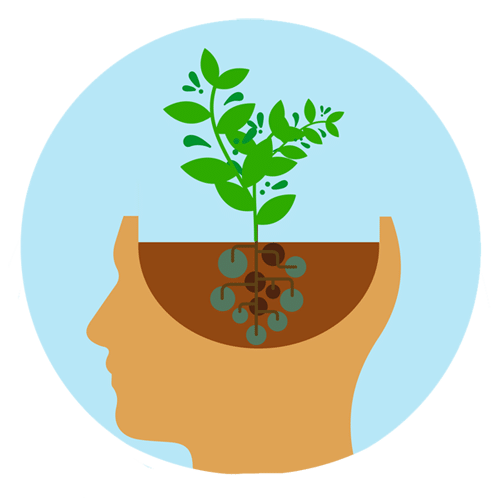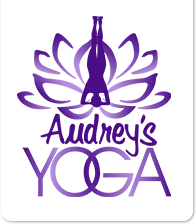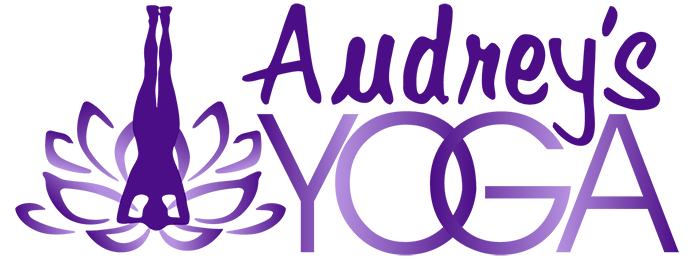Evolving with a Growth Mind-Set

When I am not in the yoga studio you will find me working as a Middle School PE and Health teacher. Much of the health curriculum I teach focuses on developing a growth mindset and learning from our mistakes. I do my best to be a role model to my students and bring these concepts into all of my lessons.
Instructing yoga is no different for me. I love to study yoga and eat up anything and everything I can find about it and how it affects the body and mind. I love that there are so many other yoga geeks like me out there that study and practice yoga. Due to this self-study and exploration, a lot of what I was originally taught about yoga and how to teach it to others has been coming into question by myself if that is truly the best for everyone that wants to practice yoga.
Piggybacking on the blog from last week, in that there is an ideal type of a person who is a yogi and what that looks like in specific postures. I was taught everyone needs to do the same thing, no variations, no modifications. In a more strict line of Ashtanga, practitioners are not even allowed to move on to the next pose until they have “mastered” the previous one in the series. I always thought to myself, “What if my body cannot ever do that pose, does that mean I can only practice a few poses?” That always seemed very extreme to me and I often listened to my body and did what felt good rather than struggling with trying to look like the person next to me in the same pose. After all, we all have different bodies, even twins!
In an advanced training course on preventing and managing common yoga injuries with my teacher, Jason Crandell, we are looking at and discussing such topics. Through study and learning about the effects of yoga on the body, I’m seeing that a lot of the things I was originally taught are not the only way and that there can be many ways to approach practicing physical yoga, or asana. I have a good understanding of anatomy and I continue to learn more as often as I can. I’m willing to commit to teach or say certain things about yoga poses as I go forward so that the poses can come into the body rather than forcing the body into the poses that don’t feel good. For example, the forward folds in the Ashtanga system are mostly asymmetrical and they tend to aggravate the SI joint (sacral area) for those that have low back issues, like me! It all makes so much sense why my back hurt for so many years while I was practicing that system of yoga. My teachers could have educated me on the pain that could happen with these issues I have in my lower back and offered variations of the poses to better suit my body’s needs. Lucky for me, that experience has helped me become a more knowledgeable instructor about low back pain.
I’m realizing more and more through practice and study of yoga that there are no absolutes in anything other than evolving with an open mind. This realization can be carried off the mat and into our daily lives as well. As you practice this week, be mindful of how your body responds to the poses and your breath. If something doesn’t feel right, make adjustments until it feels good in your body. Learn from your body each day, you only have one, and celebrate what it can do!
Namaste’




